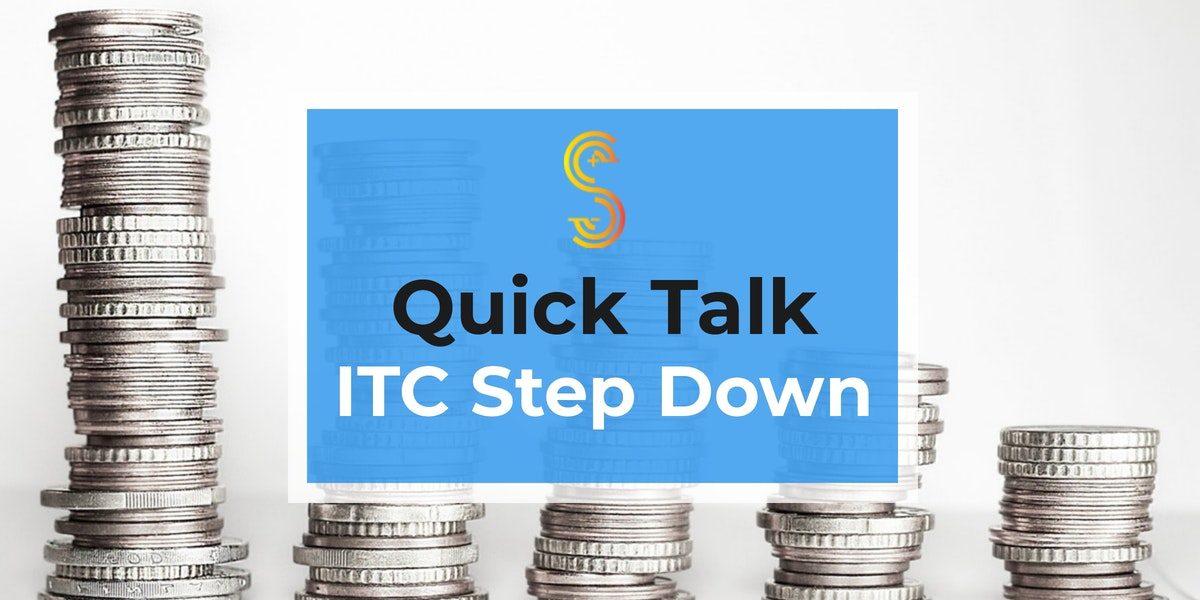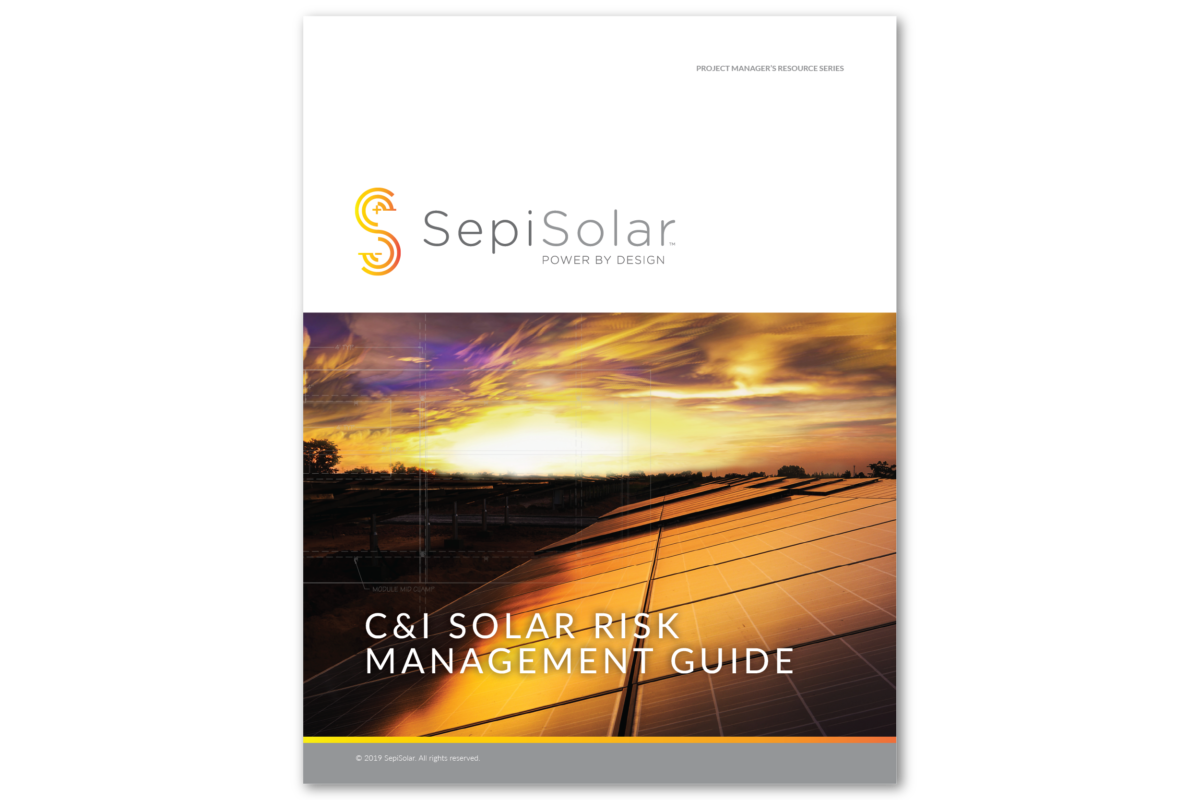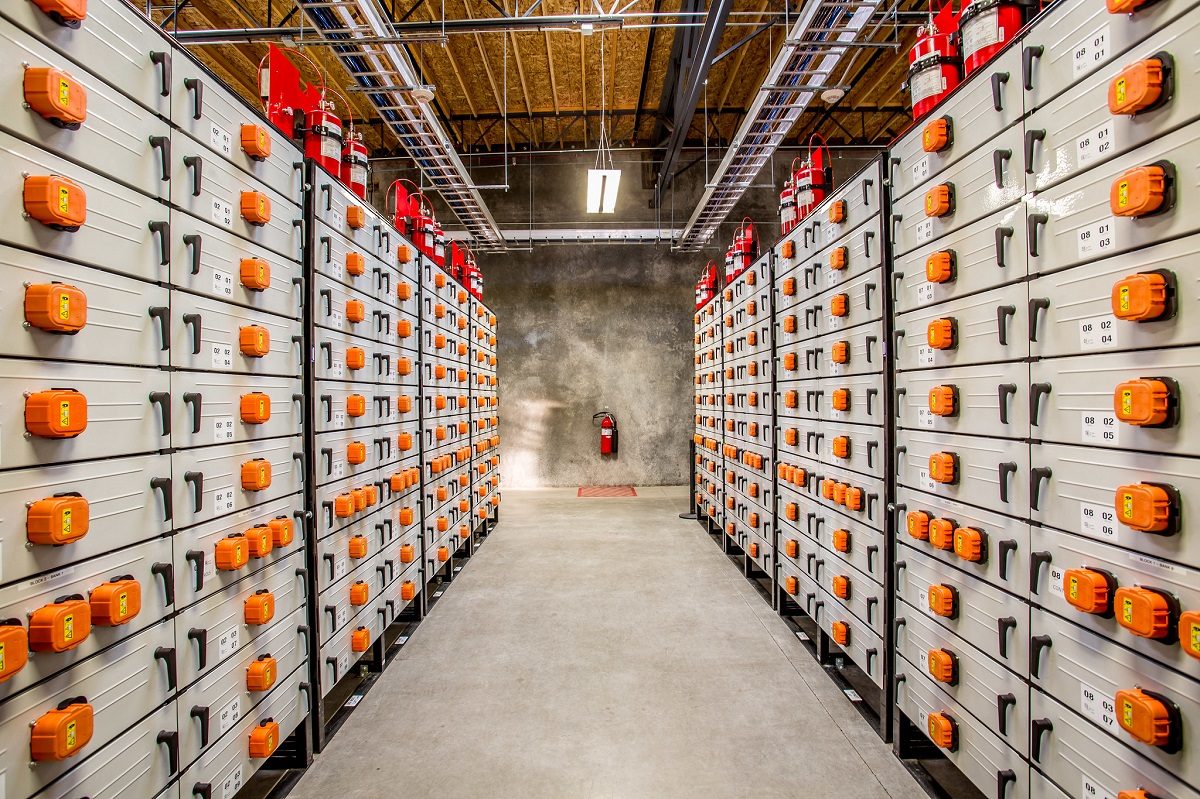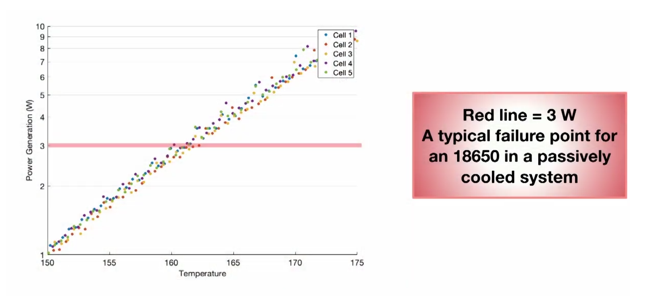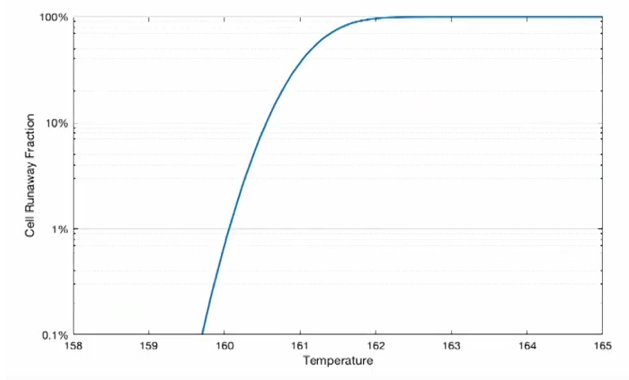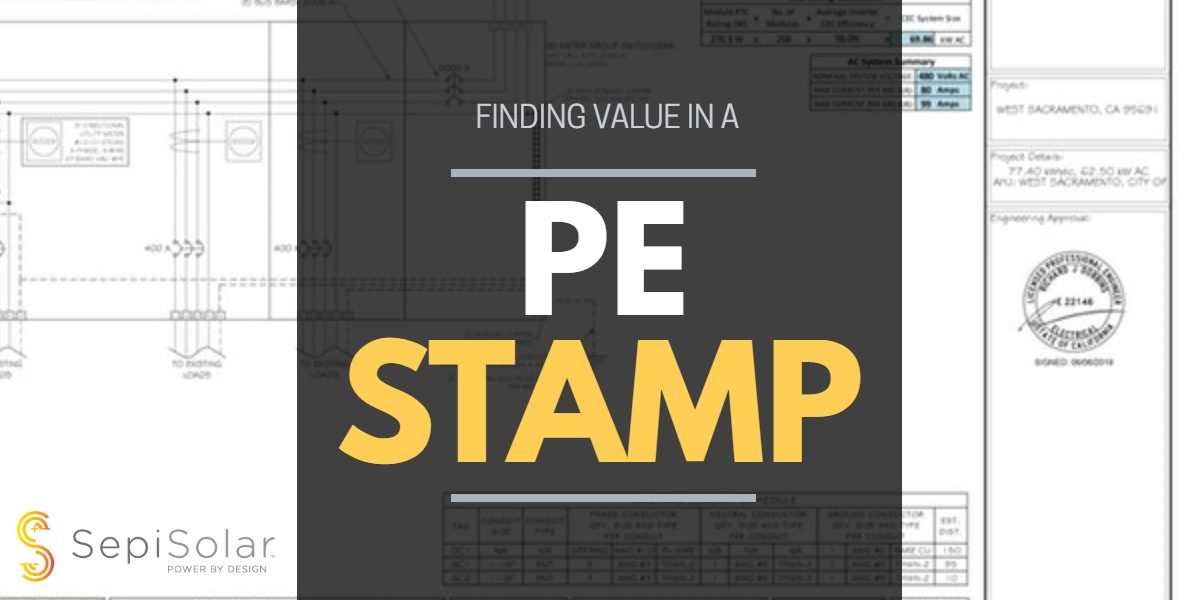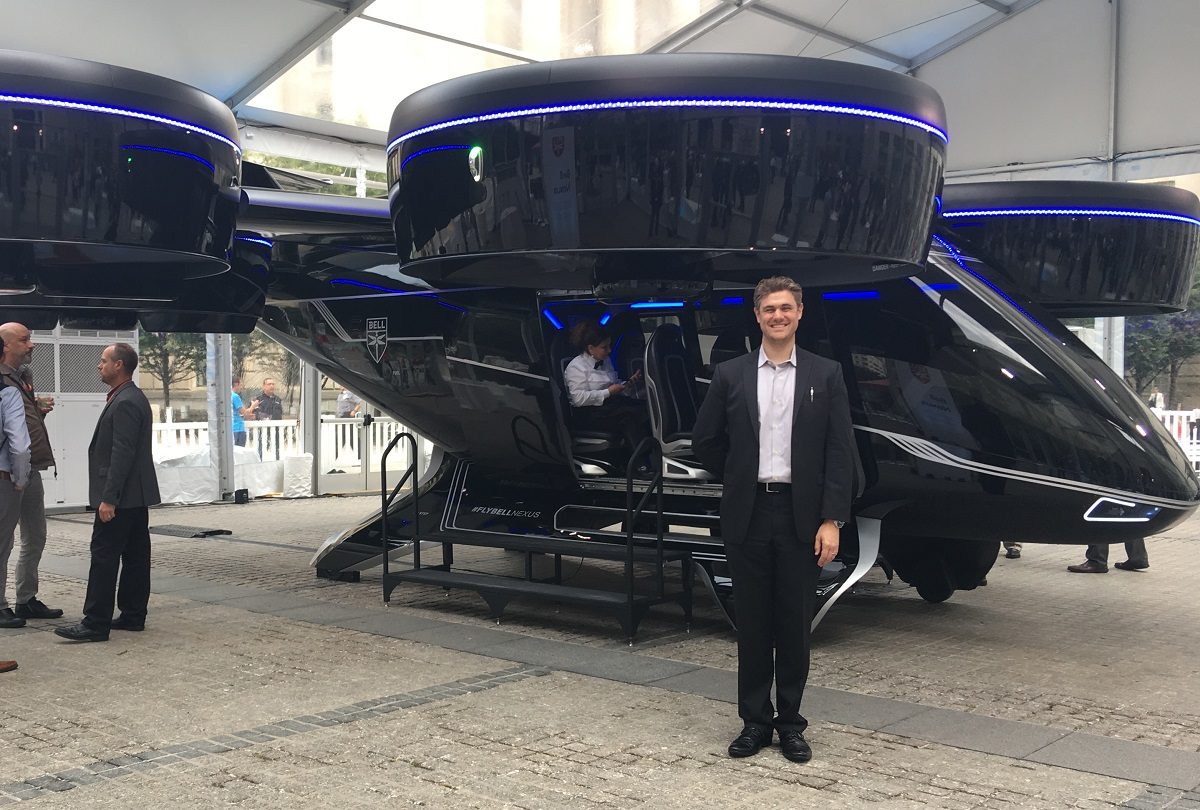This post was written by Josh Weiner, Solar Expert Witness & Solar Engineering Expert. Mr. Weiner has been at the forefront of the solar industry for over 20 years and is an industry leader on solar-plus-storage engineering & design. Josh’s expertise spans both in-front of and behind-the-meter initiatives including residential, commercial, utility, grid-scale, and ev charging solar and storage applications.
Do you have questions about how the impending reduction of the 30 percent federal investment tax credit will affect solar and energy storage contractors? We did. That’s why we invited Rob Brown, energy strategist at Sustainable Energy and Power to talk with us about how the Investment Tax Credit (ITC) step down will affect system design, state incentives, energy storage projects, and more.
In this month’s SepiSolar video, CEO Josh Weiner and Rob cover how California projects can offset the lost value of the federal tax credit with the state’s Self-Generation Incentive Program. They also discuss how to design solar-plus-storage projects for ITC compliance, ways to meet the IRS physical work test and 5 percent safe harbor test for multi-year projects, and why stand-alone flow battery projects may qualify for the ITC, even if not paired with solar.
Video Transcript
Josh Weiner: Hello, everyone. I’m Josh Weiner of SepiSolar and I’m here with my good friend Rob Brown of Sustainable Energy and Power. And today we’re going to talk about how to prepare for the ITC step down. I’ve been very interested and very happy with ITC for my whole career. Rob, where do you come from? Tell us about your company.
Rob Brown: I run and own an energy consulting firm. I used to work with energy or rather electrical distribution with Graybar, had a lot of experience with them, kind of consulting with commercial and industrial businesses, that sort of thing. And I left Graybar to do that on my own. Now, I just kind of consult with those businesses, client representative, that sort of thing.
Josh: Great. So I think it’s safe to say ITC has a special place in your heart.
Rob: Absolutely. I think that if it weren’t for the ITC, we wouldn’t even have a job, right? We wouldn’t have an industry. So it’s a very big part of what I do.
Josh: Let’s springboard right off of that. Tell me, why has ITC—I mean, this might be an obvious question for most of us live and breathe solar on a regular basis—but why is ITC so important? There’s other countries outside the U.S. that don’t have ITC that do a lot more solar than even the U.S. So why is ITC so impactful and important for our economy, for our industry?
Rob: Yeah, I agree with you. There are places they don’t have the ITC that have more solar than we do, but they also have a different environment here in the United States. We don’t have the same kind of environmental policies to keep coal and those sorts of energy production facilities expensive right here. I was working with a client not too long ago in North Dakota with coal-fired power power plants and super, super cheap energy. Without the ITC, solar doesn’t have a chance. You have to have this sort of program while solar is more expensive in order to incentivize people to go that direction, make it cheaper. And then over time, the idea is that solar gets its legs underneath it, has its own kind of industry presence and the ITC can kind of slowly go away over time like any hopefully any government incentive.
Josh: Yeah, I’m right there with you. Actually, part of me actually thinks the ITC becomes sort of a crutch, you know, to allow some companies who probably even shouldn’t be there to stay there. So I actually look forward to the ITC stepping down. I’m sure I have a lot of colleagues that disagree with that, as I’m sure you do, too. So then why are people, for the most part, concerned about the ITC stepping down? You heard my opinion just now. Why would that be a problem for someone else?
Rob: Well, in my opinion, I think there’s a, like I said before, there’s this kind of incentives need to step down as the industry comes of age. Right? And the issue for me is timing. If it steps down too soon, then the industry doesn’t have its wings yet, hasn’t kind of grown out of its embryonic stage and it dies. But if you keep it on too long, look at the coal industry or corn. Right? You have incentives that are on way too long in these very established industries that should be going away. Right? Solar, it’s just all about that timing. Some people think it’s too soon. Some people think it might be too late. And it’s all kind of the politics around when is the right time.
Josh: What do you think? I know this ITC steps down to 10 percent ultimately and then it plateaus. Residential goes away. Fuel cells go away, too. What would happen if solar went to zero? C&I, utility, all of it. Like if ITC completely went away down to zero percent. Is it the same answer?
Rob: Again, when? If it happened now, that would be catastrophic to many parts of the country, not other parts of the country. Right? I think you’d be just fine. But again, it kind of depends. One of the things that you mentioned kind of previously, I just wanted it not to get us off track. But you mentioned the storage concept and fuel cells and things like that. I have a couple of clients right now that are discussing having a battery storage system kind of paired with their solar and kind of get in before the end of the year before things start to change and step downs. Can I get your thoughts on this? I mean, you’re the engineer, I’m just a consultant. There are certain things that can qualify a battery to be part of the ITC. Is that right? How does that kind of shake out?
Josh: Actually, as we’re talking about ITC, I feel like we tend to gravitate or knee jerk think about solar and renewables. But actually it doesn’t seem like the actual quantity is going to hurt solar, at least depending on where and when that happens. You know, in California versus other areas for sure. But storage is the one that’s still very early stage and still expensive and it needs its incentives absolutely. What I do notice, however, is at least in the case of California, that the rebate program in California actually takes money away from you, from the state. If you’re applying for federal ITC. So in a way, ITC going away, you actually have two options with California SGIP. You actually get more money from the state, if you’re not getting the federal ITC, it’s kind of funny. I mean it makes sense. You know, California doesn’t want you to get paid, they don’t want you to actually run a greater-than-100 percent IRR. I actually think I’m more worried about the ITC impact on storage than I am solar. And so, that’s actually why I in one of SepiSolar’s white papers, which you can find on our Web site at sepisolar.com, we actually do go into some detail about the implications of DC versus AC coupling, because storage, of course, has the 75 percent cliff. You know, if you’re charging storage from a renewable resource like solar, wind, and less than 75 percent of that energy going into the batteries is coming from a renewable source, then you actually lose the ITC. If more than 75 percent is going into the battery, then you get the ITC pro-rata for storage. So it’s a little annoying, a little complicated, but it works.
Rob: But that’s AC coupled.
Josh: Actually either AC or DC coupling, you have the 75 percent cliff. It just so happens an easier way to verify or an easier way to ensure that compliance is with DC coupling than with AC because with with AC coupling you end up having two separate inverters connecting on the AC side. You have to M and V everything, which is a fancy way of saying, measure and verify and count every electron going from the solar into the battery. OK, check. There’s one. There’s two. I mean literally you’re counting electrons or kWh and making sure more than 75 percent leaves from this original from the source and heads to the destination whereas with DC coupling, you can actually, as our white paper suggests on our website, you can actually ensure no M and V by design. The battery actually physically cannot charge from the grid and therefore by deduction all energy going into the battery. If there’s two sources, one’s the grid and one solar, and you can’t charge the battery from the grid by process of elimination, it’s only coming from a renewable source. And then you get that ITC eligibility, that’s really clean.
Rob: So it sounds like by designing it that way, not just DC coupled, but also kind of the what you’re talking about in the white paper and what SepiSolar does, it sounds like by doing that it saves a lot of headache from measured verification, extra equipment, submitting reports to the utility, all that stuff goes away because it’s just designed, right?
Josh: Ironically, two birds get killed by the same stone because the rules for ITC are the same rules for NEM. So when we comply with NEM with a solar-plus-storage system, when we don’t charge that system from the grid, it turns out the utility lets us export that energy from the battery into the grid and get NEM credits for it. I mean, literally it’s a battery exporting those electrons and NEM is a credit reserved for renewable technology. So for a battery to discharge into the grid and get credit for it, it’s kind of groundbreaking. And that was good work that SepiSolar did earlier this year. But then likewise for ITC compliance. Again, if you’re DC coupling and you’re only charging from the renewable source, then you’re also compliant with ITC. So, the same stone kills two birds.
Rob: So back to this client I was talking about, I’m helping them with storage and solar and everything, trying to get in before the end of the year. We come to you. We get this thing designed, right? We have a DC couple. They’re going to put batteries in with the solar. Everything’s great, just like we talked about. What do they have to do to make sure they get this year’s tax credit before it steps down next year?
Josh: So the way we understand it from the IRS, and they released in the middle of 2018 timeframe a clarification, an announcement. It wasn’t a ruling, but it was just a clarification on how this works. There’s two tests that you can meet. One is called the physical work test and the other is called the 5 percent safe harbor test. So the physical work test is, they’re both kind of straightforward in their own way, but the physical work test is if you’re in construction, continue through construction and place the system in service, have a continuous effort of that construction work. You’ve passed the physical work test. So that’s a case where if you started construction in December 2020, but you PTO or you place in service in 2021, you get ITC from 2020. And the same thing with a 5 percent safe harbor. It’s kind of the same vein. You don’t have to necessarily start construction, but if you’re progressing through the work continuously and you’ve expensed, you’ve already put up 5 percent of your money, you’ve spent 5 percent of the total project costs. That also qualifies you for that year’s ITC when you started the work.
Rob: OK. So call it a down payment, maybe 5 percent in December of this year grants me this year’s tax treatment even if it’s completed next year.
Josh: That’s right. and I wouldn’t call it a down deposit. It could even be continuously paid throughout the process. You know, it doesn’t have to be all in like one lump sum upfront fee.
Rob: But that amount has to be paid before the end of the year.
Josh: That’s right.
Rob: OK. So, kind of a curveball for you. So let’s say a $100,000 project. Yeah, my client puts down $5,000 to get their safe harbor. But something happens down the road and there’s a change order. And now it’s a $150,000 project in total. What happens?
Josh: That is a great question. And actually the IRS ruling or, sorry, clarification actually goes through specific examples where that is an example. What happens if there’s a change order? What happens if the project costs go up or down? It does put the ITC at risk. It does. But there are provisions that allow you to keep it depending on the definition of continuous effort. And when the money actually strikes. So, that’s a really good point.
Rob: That’s something to watch out for. I mean, the client that I’m consulting with right now, they have a little bit of cash on hand. They’re just gonna put down 10 percent just to make sure that they get the full 30 percent no matter what happens in the project. But, I just wanted to kind of figure out what the ramifications would be.
Josh: I think that’s a great strategy. Based on my interpretation, my reading of the IRS clarification, they should do that 10 percent and keep continuous work flowing.
Rob: If they just hold off and just wait for it, they lose out on all of that.
Josh: That’s right. The IRS is smart. They’re not going to.
Rob: I’m telling my client things are going to wait. Things are going to pause. The utility is going to take some time. Requests and interconnections are going to take time. But as long as the waiting period is not on my client on the end user customer, then we’re OK. As long as they don’t wait on anything, we should be fine. Would that be accurate?
Josh: Yep. And then there is a final very hard deadline to get to like January 1st, 2022, if the systems are not placed in service by that deadline then you’re really screwed. You lose everything. You lose all ITC.
Rob: Wonderful. Cool. Well, thanks for answering a couple of my questions.
Josh: And then actually one last point that I think is actually really important with ITC are fuel cells. We know we don’t deal a lot of it at least in the solar and storage field. But it turns out flow batteries actually might qualify for fuel cell ITC on a standalone basis. You know, most storage has to be coupled with a renewable source in order to be eligible for that ITC. Because really for all intents and purposes, storage is piggybacking on a solar ITC. But it turns out with flow batteries, since they comprise a fuel cell, and if anybody goes the IRS.gov and you read the definition of a fuel cell, you’ll find that actually flow batteries kind of meet the definition of a fuel cell and on a standalone basis a standalone, no solar, no renewable, just a standalone flow battery storage system might actually qualify for the fuel cell ITC. And that, flow batteries are like this promising technology. They’ve been out. There’s a lot of uptime, a lot of systems installed. It’s great, doing wonderful things, but it’s got this little problem that lithium is super costed out. The supply chain and the technology and the products, they’re ubiquitous now. They’re in our laptops. We’ve got 20 lithium batteries sitting on this desk right here. So flow batteries still need to catch up a little on the CapEx side of projects. And this fuel cell ITC actually really helps make a big difference in that upfront first costs. You know a thing or two about batteries. Do you think the fuel cell ITC, that stepping down like the solar ITC is gonna make implications for storage?
Rob: Oh, yeah. Storage is very much in its infancy and I think it needs as many rebates as it can until it gets on its feet. I think that we are with storage now as we were with solar in 2011, that it’s right in its infancy. We really need to infuse it with some help so that it can get on its feet and then we can do without rebates at that point. But we’re just not there yet.
Josh: So last question. In your crystal ball, when do you think storage comes out of its infancy, if you had to wave a magic wand and just take a wild guess….
Rob: So many factors. I couldn’t answer that. From the different things that I’ve seen, I’m just going to throw a wild guess out there. I’d probably give it 7 to 10 years before it’s really taken on. It’s going to be fast, but it’s going to take some time.
Josh: Awesome. Well, thanks so much for joining us. Please check us out at sepisolar.com. Subscribe to our C&I project newsletter, and follow us on LinkedIn and Twitter. We’re gonna have many more conversations like these with Rob and with others about really important issues that impact all of us. Thanks again for joining us.
Stack of coins is licensed under CC0 BY 1.0


